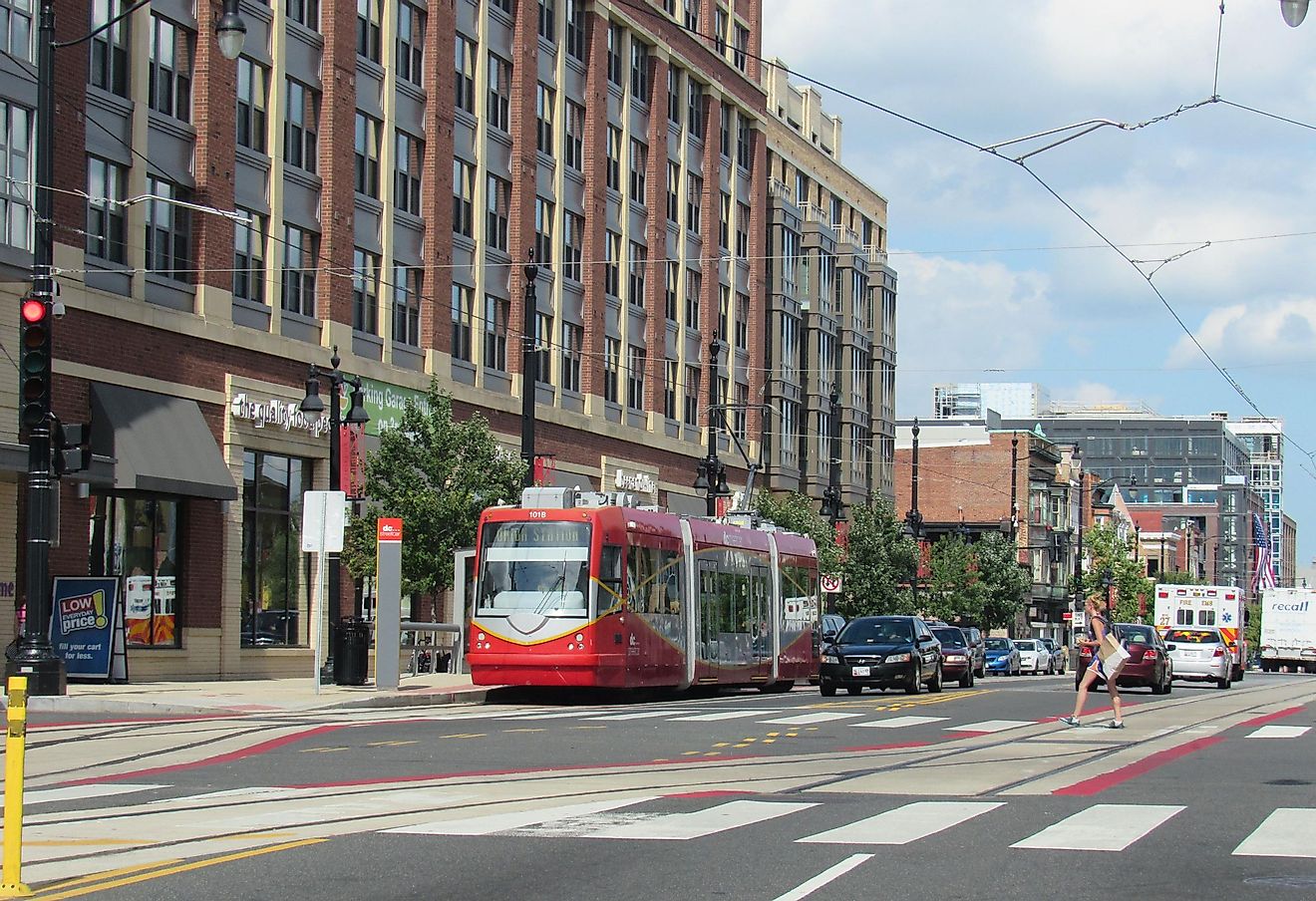Fact Check – Why Doesn't Washington, DC Have a J Street?

The streets in Washington, DC, are arranged on a grid of numbered and lettered streets. But there is one notable omission to the otherwise orderly system—there is no J Street in our nation’s capital. Why? Political prattle offers a juicy explanation, but the real story will surprise you.
Problems with Politics—and Typeface?
The gossip’s answer to this question is that military engineer Pierre Charles L’Enfant left out the letter in his plans for the capital due to his dislike toward Chief Justice John Jay. However, like much gossip tends to be, it is simply not true.
The real story as to why there is no J street is much more practical. Back in the 18th century, the letters I and J looked very similar to one another in both handwriting and typeface. Therefore, to include both an I and a J street would cause much confusion for those attempting to navigate the DC neighborhoods.
This begs the question: Why did J get the ax instead of I? Could it have been a snub toward Jay after all? Again, it is simply not so—and there is a timeline to prove it.
A Man with a Plan
Pierre L’Enfant was handpicked by George Washington for the job of planning the nation’s new capital. Though the architect and civil engineer was born in France, he lived in America and joined the Continental Army to fight during the American Revolutionary War. In March of 1791, L’Enfant began the land survey for the proposed district. His plan was to create a grid of lettered streets with radial avenues. J street was skipped, and there were no plans for a courthouse, either. This led tongues to wag that L’Enfant harbored hostility toward our nation’s first chief justice.
Why would L’Enfant hate Jay so much? Many assumed it had to do with the Treaty of Amity, Commerce, and Navigation—known as the Jay Treaty—that the chief justice helped to negotiate with Great Britain in 1794. The treaty set out to smooth over issues related to war debts, British interference in American trade, and British military occupation in North America. Americans did not like the treaty because it heavily benefitted the British, and it was perceived as an affront to the French, who were on the American side of the war.
While that might have been reason enough to take his anger out in his blueprint, the timeline disproves it. L’Enfant was terminated from his role as planner by President Washington in 1792—two years before the Jay Treaty caused any controversy. Andrew Ellicott, a surveyor from Baltimore, was actually the one to complete L’Enfant’s plans. Though he still left out J street, he bore no ill will against Chief Justice Jay.
Another Theory
Of course, there were other Js in town. One might speculate that L’Enfant could have held a grudge against Thomas Jefferson for one reason or another. But Jefferson’s monogram was actually T.I. on most of his personal belongings—again, proof that the letters I and J were nearly copies of each other—so perhaps the omission of the J does not hold water in this case, either.
It appears that antiquated typeface is the true culprit here, not any deep-seated rancor among men. J simply got the short end of the stick. Other political rivalries would cause chaos in DC, but not this time.







